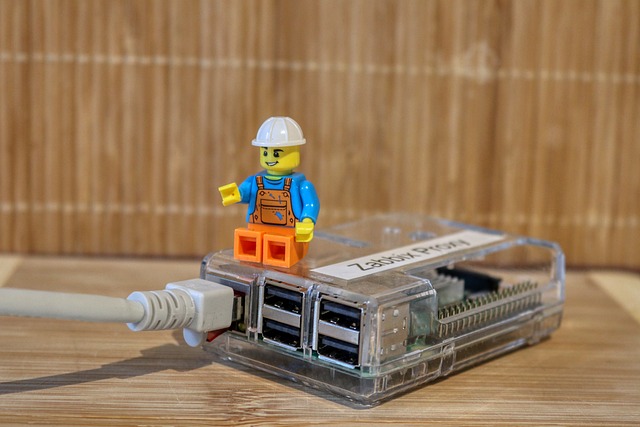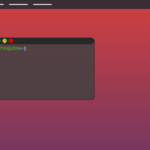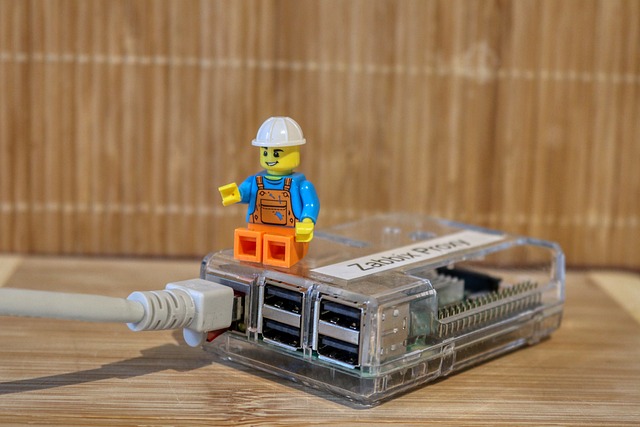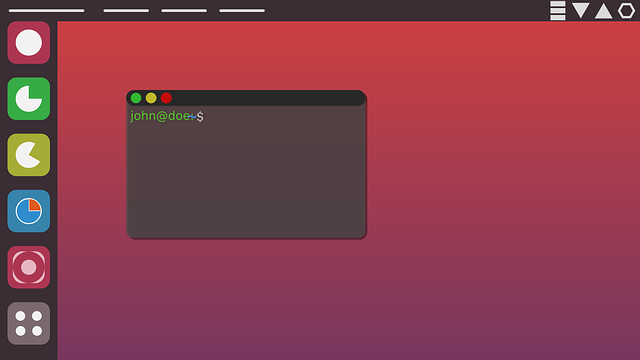CAD design on Linux platforms leverages modularity to enhance flexibility, efficiency, and sustainability in both industrial and architectural sectors. This approach is particularly beneficial for Linux users, as it allows designers to create interchangeable components that can be easily reconfigured or expanded without significant disruption. The use of open-source CAD tools like FreeCAD, LibreCAD, and Blender supports this, offering tailored solutions for various design needs in sectors such as architecture, engineering, and manufacturing. Linux's community-driven innovation complements the modular method, providing access to a wide array of tools that keep designs current with evolving requirements and technological advancements. This system promotes collaborative work, with modules being shared and integrated across different projects, facilitating iterative development where individual components can be updated without overhauling the entire system. The modular design principles combined with CAD Design on Linux are pivotal in enabling rapid prototyping, iterations, and adaptability, exemplified by advancements in automotive design for various powertrain systems and the creation of cost-effective, sustainable modular homes in architecture. Overall, CAD Design with Linux represents a robust, versatile framework for modern project development across multiple disciplines.
Explore the transformative power of modular design in the realm of Computer-Aided Design (CAD) through the lens of Linux. This article delves into the adaptability and customization potential that Linux environments offer, making CAD Design with Linux a robust alternative to traditional systems. We’ll guide you through embracing flexibility, mastering component compatibility, and streamlining workflow efficiency using open-source tools. With case studies showcasing real-world applications, learn how modular design can revolutionize your approach to industrial and architectural projects in CAD Design with Linux.
- Embracing Flexibility: The Advantages of Modular Design in CAD Applications on Linux
- Navigating the Linux Landscape: Setting Up Your CAD Environment for Modular Design
- Mastering Component Compatibility: Key Considerations for Customization in Linux-Based CAD Systems
- Streamlining Workflow with Open Source Tools: Enhancing Modular Design Efficiency on Linux
- Case Studies: Successful Implementation of Modular Design in Industrial and Architectural Projects via CAD Design with Linux
Embracing Flexibility: The Advantages of Modular Design in CAD Applications on Linux

In the realm of computer-aided design (CAD), flexibility and adaptability are paramount for designers looking to tailor their projects to a variety of needs. Modular design, particularly within CAD applications on Linux, offers a robust framework for such customization. By leveraging modular design principles in CAD design with Linux, designers can create components that function as building blocks, which can be easily reconfigured or expanded upon without the need for extensive overhauls. This approach not only streamlines the design process but also enhances collaboration among teams, as modules can be shared and integrated across different projects. The modular nature of these designs allows for iterative development, where updates and improvements can be made to individual components without disrupting the entire system. This is particularly advantageous in Linux environments, which often prioritize open-source software and community contributions, aligning with the inherent reusability and interoperability of modular design. Users can select from a wide array of open-source CAD tools available on Linux, such as FreeCAD, LibreCAD, and Blender, each offering different functionalities that complement the modular approach, thus providing a versatile and cost-effective solution for designers across various industries, including architecture, engineering, and manufacturing. The adaptability of modular design within Linux CAD applications ensures that designs can evolve with changing requirements or technological advancements, making it an indispensable strategy for modern design practices.
Navigating the Linux Landscape: Setting Up Your CAD Environment for Modular Design

Mastering Component Compatibility: Key Considerations for Customization in Linux-Based CAD Systems

Streamlining Workflow with Open Source Tools: Enhancing Modular Design Efficiency on Linux

Case Studies: Successful Implementation of Modular Design in Industrial and Architectural Projects via CAD Design with Linux

In recent years, the adoption of modular design in both industrial and architectural projects has proven to be a highly effective approach, enabling greater flexibility, efficiency, and sustainability. One of the key enablers of this trend is the use of CAD Design with Linux, which offers robust tools and platforms that facilitate the creation and customization of designs without the limitations often associated with other operating systems. A case in point is the automotive industry, where modular design has allowed for the rapid development and iteration of vehicle components. For instance, a leading car manufacturer leveraged CAD Design with Linux to design a highly modular chassis that could accommodate various engine types and future electronic systems. This approach not only accelerated the production process but also ensured compatibility with a range of powertrains, from internal combustion engines to electric vehicles, without the need for complete redesigns.
Similarly, in the realm of architecture, modular design has been successfully implemented through CAD Design with Linux to address housing shortages and urban densification challenges. A notable project is the development of prefabricated modular homes that are both cost-effective and environmentally sustainable. By utilizing open-source CAD software on Linux platforms, architects have been able to optimize space and adapt designs to different sites and user needs. This approach has not only streamlined construction processes but also significantly reduced waste and resource consumption, highlighting the potential of modular design in creating responsive and scalable living solutions that cater to diverse populations. The success of these projects underscores the benefits of modular design when supported by the versatility and openness of CAD Design with Linux, making it a go-to solution for innovative and adaptive project development across industries.
In conclusion, modular design within CAD applications on Linux offers a robust framework for customization and adaptability, setting a new standard in the realm of engineering and design. By leveraging the flexibility inherent in Linux environments and utilizing open-source tools, professionals can streamline their workflows, ensuring projects are not only efficiently executed but also infinitely scalable. The case studies presented underscore the practical benefits of this approach, demonstrating its effectiveness across various industries. As the design landscape evolves, CAD Design with Linux stands as a testament to innovation and adaptability in the face of complex challenges, positioning users at the forefront of technological advancements. Embracing modular design principles is not just a smart choice for current projects but also a strategic investment for future endeavors.


























